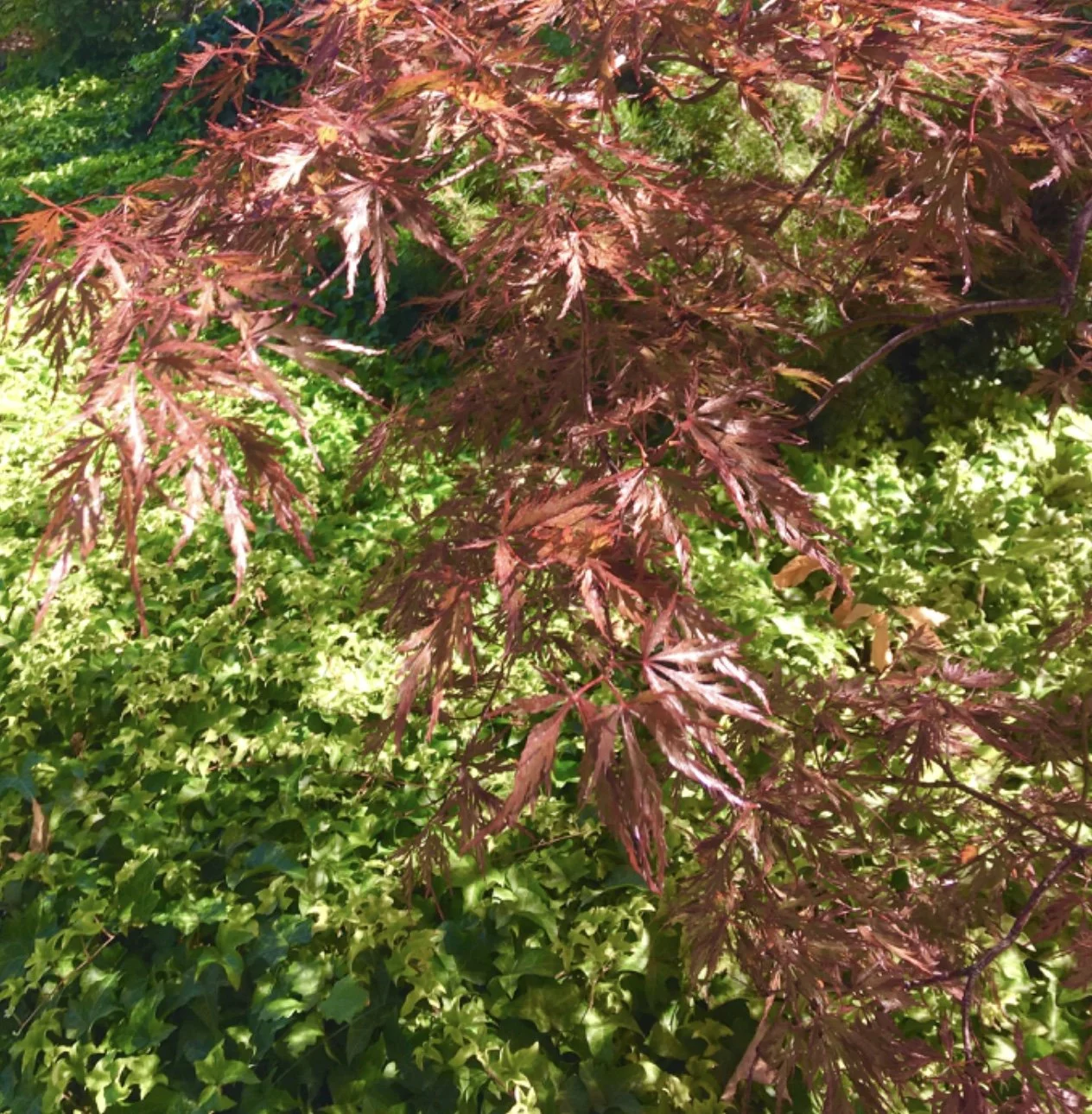In the cramped environs of U.S. cities every inch counts, especially if attempting to make space for nature. Knowing a tree’s maximum size can avoid future conflicts between roots and sidewalks or branches and power lines.
Based on the most extensive database available cataloging urban trees with their projected growth tailored to specific geographic regions, the U.S. Forest Service’s Pacific Southwest Research Station has published a technical manual that allows city planners and urban foresters to more precisely select tree species whose growth will be a landscaping dream instead of a maintenance nightmare.
The database and manual are the culmination of 14 years of work, analyzing more than 14,000 trees across the U.S. Where prior growth models typically featured only a few species specific to a given city or region, the newly released database features 171 distinct species across 16 U.S. climate zones. The trees studied also spanned a range of ages with data collected from a consistent set of measurements.
Advances in statistical modeling also have given the projected growth dimensions a level of accuracy never before seen. Moving beyond just calculating a tree’s diameter or age to determine expected growth, the research incorporates 365 sets of tree growth equations to project growth.
“Although tree growth is the result of complex processes, growth equations capture changes in tree size with age in a surprisingly simple and accurate way,” said Natalie van Doorn, a Forest Service research urban ecologist and co-author on the study.
In addition to predicted tree growth, the manual provides species-specific data on foliar biomass, or amount of foliage, that is critical to projecting uptake of air pollutants.
Written in a way to be accessible to non-technical users, the technical report gives step-by-step instructions on how to use the equations to calculate tree dimensions, biomass, carbon storage and other features of interest to urban foresters.
“The research and publication were done with the urban forester and city planner in mind,” said van Doorn. “Urban trees benefit communities in innumerable ways, and it’s this information that can help communities make the most of these natural resources.”
Information on urban tree growth underpins models used to calculate the effects of trees on the environment and human well-being. Maximum tree size and other growth data are used by urban forest managers, landscape architects, and planners to select trees most suitable to the amount of growing space, thereby reducing costly future conflicts between trees and infrastructure. Growth data are used to examine relationships between growth and influencing factors such as site conditions and stewardship practices. Despite the importance of tree growth data to the science and practice of urban forestry, our knowledge in this area is scant. Over a period of 14 years, scientists with the U.S. Forest Service Pacific Southwest Research Station recorded data from a consistent set of measurements on over 14,000 trees in 17 U.S. cities. Key information collected for each tree species includes bole and crown size, location, and age.
From this Urban Tree Database, 365 sets of tree growth equations were developed for the 171 distinct species. Appendices contain field data collection protocols, foliar biomass data that are fundamental to calculating leaf area, tree biomass equations for carbon storage estimates, and a user guide that illustrates application of the equations to calculate carbon stored over many years for tree species that were measured in multiple cities. An online database includes the raw data, growth equations, coefficients, and application information for each species' volume and dry-weight-biomass equations for urban and rural forest trees; and an expanded list of biomass density factors for common urban tree species.

